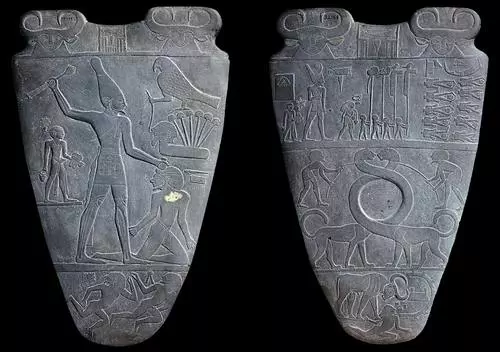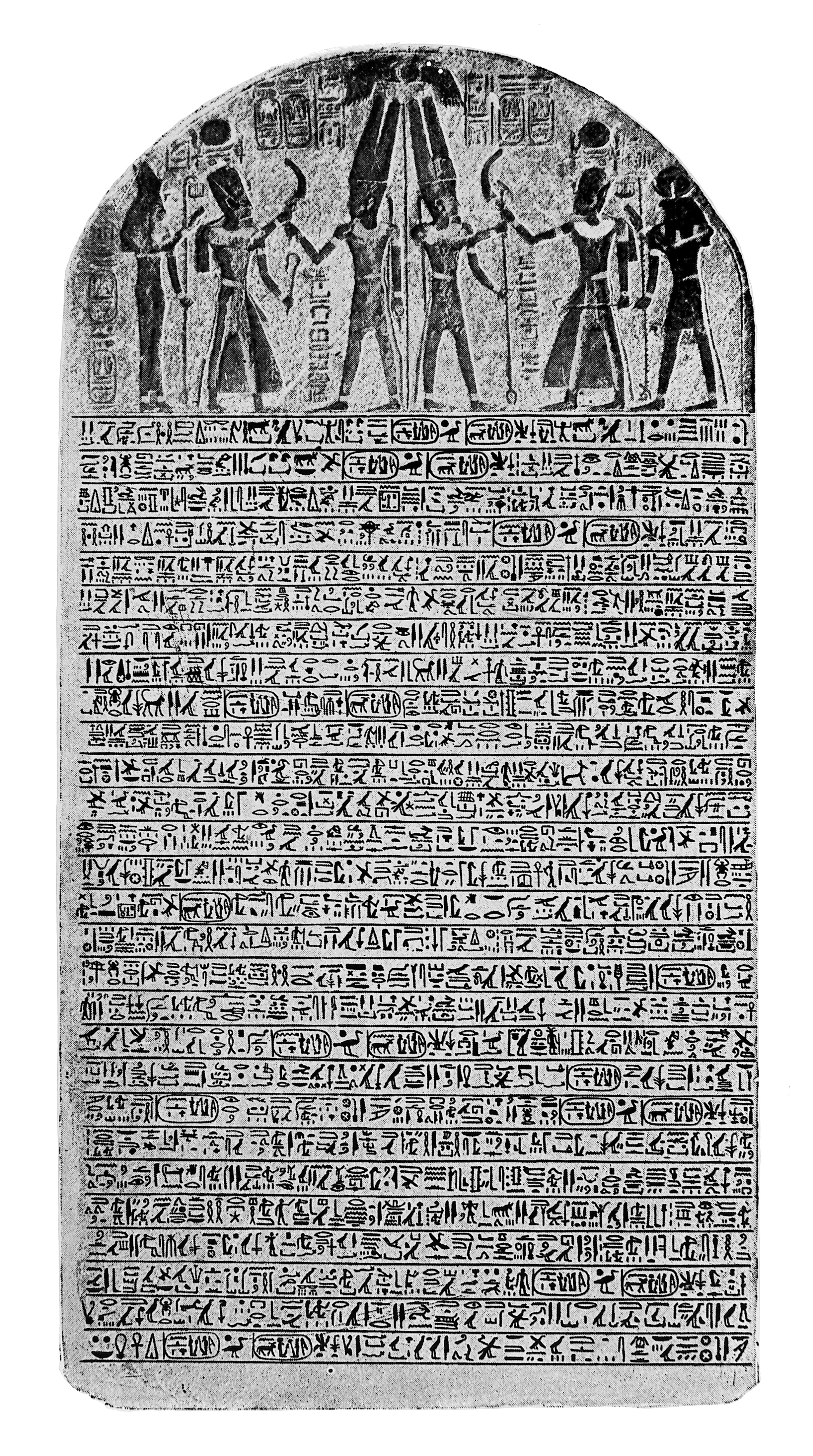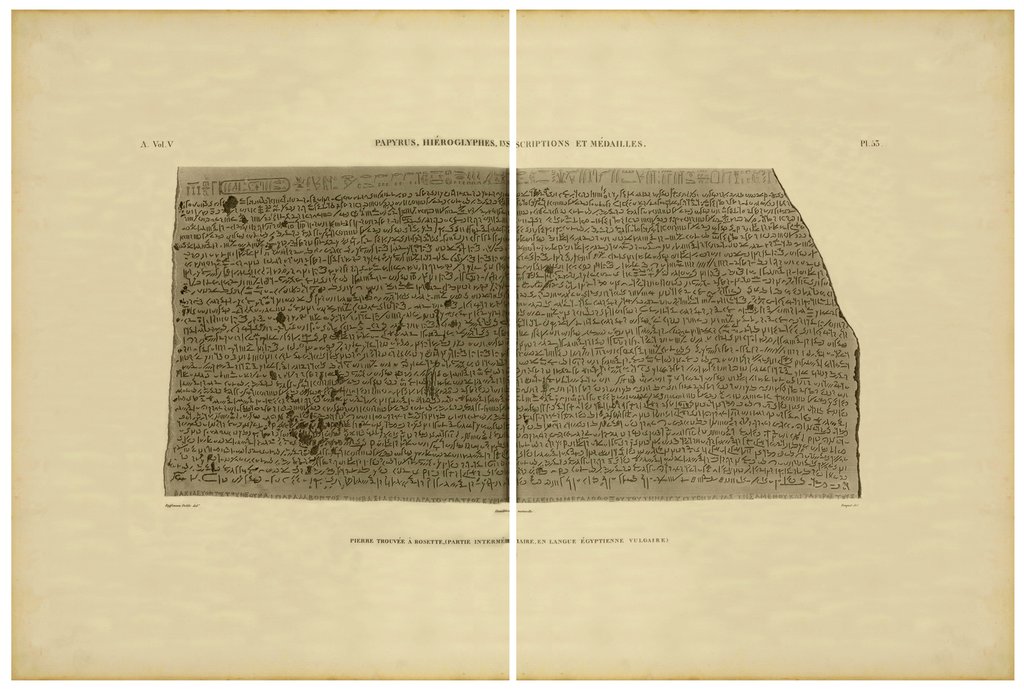- Egyptology -
Egyptology is the study of ancient Egyptian history, culture, architecture, religion, art, literature, and language. This field would not have been as easy to comprehend had the Rosetta Stone never been discovered by the French and deciphered by Champollion. Hieroglyphics play a huge part in Egyptology, as they were the oldest Egyptian language and used for religious and cultural practices. If the Rosetta Stone was not deciphered by Champollion, a lot of ancient Egypt’s artifacts would have little to no context that would explain its importance or functions. Information of the thousands of years of ancient history in the Old Kingdom of Egypt would be lost. Modern civilizations would not be able to look back at one of the world’s most famous ancient civilizations. Therefore, the Rosetta Stone is the most influential and important artifact in the field of Egyptology.
Since the decipherment of the Rosetta Stone, other important documents have been analyzed and revealed information about the ancient world. For example:

The Palette of King Narmer, c. 3200-300 B.C.E., Tiradriti, Egyptian Treasures, pp. 40-41
The Narmer Palette, also referred to as the Great Hierakonpolis Palette, is an ancient Egyptian stone artifact from around 3200-300 BCE that is inscribed on both sides with some of the world's earliest documented hieroglyphics. Seventy-six years after Champollion decoded the hieroglyphic code, the siltstone artifact was discovered by British archaeologists in the city of Nekhen in 1897-1898. By analyzing the imagery and hieroglyphics, Egyptologists believe that the name on the stone, Narmer, was referring to Menes, who was the first ruler of the First Dynasty. The hieroglyphics on the stone, along with the military symbols, depict how Narmer was successful in unifying Eastern and Upper Egypt. While Egyptologists could have inferred the artifact's meaning, the deciphered hieroglyphics allowed the stone's history to be confirmed.

The Merneptah Stele, c. 1220 B.C., unknown artist
The Merneptah Stele is another ancient Egyptian artifact that is inscribed with historic hieroglyphics. The Stele, thought to be dated all the way back to 1208 BCE, was found in 1896 in Thebes, by archaeologist Flinders Petrie. Upon translating the stone slab artifact’s hieroglyphics, Egyptologists found the meaning of the text. The Stele was created to document Pharoah Merneptah’s military conquests and victories. One specific line on the stone had caught the eyes of many researchers, though. In the 27th line of the text, Israel was mentioned. This was groundbreaking to Egyptologists, as the Stele was the earliest extra-biblical mention of Israel. Thus providing vital information to the origins of Israel, along with the proof of ethnogenesis of Israelis. Had the Rosetta Stone not been discovered and later deciphered by Champollion, ancient Egyptian artifacts with fundamental and historical importance wouldn’t be discovered and shared with the world.
- Rosetta Stone -
In 1992, nearly 200 years after the stone artifact was discovered, a software company named Rosetta Stone was founded in Harrisburg, Virginia. The founder, Allen Stoltzfus named decided he wanted to develop an effective way to learn languages after he struggled to learn Russian. Stoltzfus partnered with his brother and brother-in-law, Eugene and John, to create a computer simulation that modeled the way people learn their native languages. Using sounds and images with necessary context, they were able to create an effective program. They decided to name their product Rosetta Stone, as an homage to the stone that helped linguists decipher a long lost language. Since the release, Rosetta Stone has been used as an educational tool that offers lessons in 25 different languages.

Rosetta Stone® logo, Rosetta Stone, n.d.





